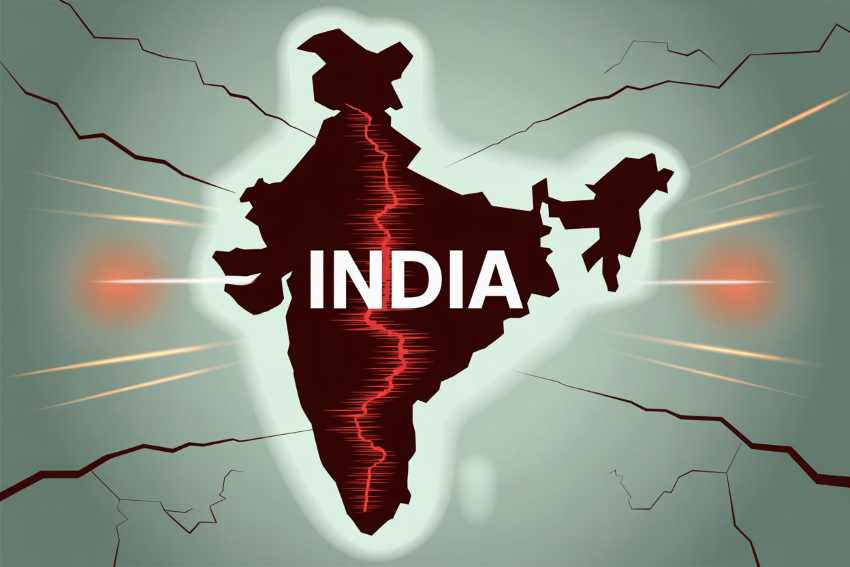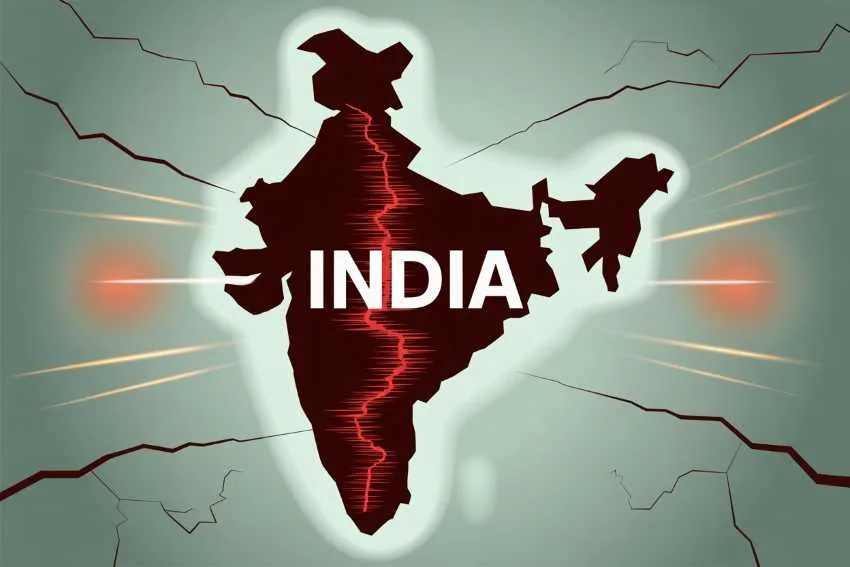Published on
August 18, 2025

On August 18, 2025, a 3.9 magnitude earthquake rattled the Kangra region of Himachal Pradesh, a popular tourist destination known for its natural beauty and cultural significance. The tremor, which struck at a depth of 10 kilometers, raised alarms across the region as it disrupted daily life and impacted the local tourism sector. While the earthquake was relatively mild compared to larger seismic events, its occurrence in a region that has increasingly witnessed such natural events has raised questions about India’s vulnerability to earthquakes and the long-term effects on its tourism industry.
On the other hand, a 4.3-magnitude earthquake struck Nagaon, Assam, marking the seventh seismic event in the state this month and the third in the district. The tremor occurred at 12:09 PM IST, with its epicenter located approximately 40 kilometers from Tezpur at a depth of 35 kilometers. While no immediate reports of casualties or property damage have been received, the recurrent nature of these earthquakes raises significant concerns for local residents and the tourism industry, both of which are heavily reliant on stability and growth.
Kangra’s Growing Earthquake Vulnerability: A Cause for Concern?
Kangra, located in the northern state of Himachal Pradesh, has long been considered a safe and serene travel destination, attracting thousands of visitors each year. Known for its lush landscapes, rich history, and proximity to Dharamshala, the region draws nature lovers, pilgrims, and adventure enthusiasts. However, recent seismic activity in the area has brought to the forefront concerns about India’s increasing vulnerability to earthquakes, particularly in the northern regions that sit along the Himalayan fault line.
The Kangra earthquake is not an isolated incident. Just a few weeks prior, a similar tremor was recorded in the neighboring region of Nagaon, Assam, raising further alarms about the frequency of seismic events across India. Is India becoming an earthquake-prone zone? Experts suggest that with the tectonic plates shifting beneath the Himalayas, the frequency and intensity of earthquakes in northern India may increase, posing new challenges for travelers and the tourism industry.
Impact of the Earthquake on Local Tourism and Travel
The earthquake’s tremors were felt in several parts of Kangra, causing some infrastructure damage and disrupting key tourist routes. Popular destinations such as the Kangra Fort and the Baijnath Temple were temporarily closed for safety inspections. This disruption affected not only the local tourism sector but also the livelihoods of businesses dependent on seasonal tourists.
Tourists visiting the area were left stranded as roads were blocked, and transportation services were temporarily suspended. The local hospitality sector, including hotels and guesthouses, faced cancellations, as travelers hesitated to stay in areas vulnerable to further tremors. Even though the earthquake did not cause significant loss of life or major structural damage, the psychological impact on both locals and visitors was substantial.
Rising Concerns for India’s Tourism Sector
India’s tourism sector is one of the fastest-growing industries in the country, contributing significantly to its economy. The recent earthquake in Himachal Pradesh, along with similar incidents in other parts of the country, has raised concerns about the long-term impact of natural disasters on tourism. While the short-term effects may include travel disruptions, cancellations, and a decline in visitor numbers, the long-term implications could be even more significant. If regions like Himachal Pradesh continue to experience frequent earthquakes, potential tourists may look elsewhere for destinations that offer greater stability and safety.
The tourism industry in Himachal Pradesh and other earthquake-prone regions must now assess how to adapt to these challenges. Increased awareness of seismic risks among tourists and the adoption of earthquake-resistant infrastructure will become key factors in ensuring that the tourism economy remains robust. Additionally, local authorities will need to implement disaster preparedness measures and establish better communication channels to provide real-time updates to travelers during seismic events.
Addressing the Impact on Travel and the Local Economy
In response to the earthquake, local authorities in Kangra have assured tourists that safety checks and repairs to damaged infrastructure are underway. Despite the brief disruption, local businesses are optimistic about the region’s ability to bounce back quickly. The tourism sector is already working on strategies to reassure visitors, such as offering enhanced safety measures in hotels and promoting earthquake-resistant accommodations.
Local tour operators are also emphasizing the region’s preparedness for future natural disasters, ensuring that travelers are aware of the steps being taken to protect them. While the immediate aftermath of the earthquake has seen a dip in tourism activity, experts believe that with the right investments in infrastructure and safety measures, Kangra can regain its reputation as a safe and attractive travel destination.
Is India’s Tourism Industry Ready for Natural Disasters?
India’s tourism industry must now grapple with the challenge of ensuring that tourist destinations are not only appealing but also safe in the face of natural disasters. With increasing seismic activity across the country, there is a growing need for more resilient tourism infrastructure. As regions like Kangra and Assam continue to experience earthquakes, the government, local authorities, and tourism businesses must collaborate to create comprehensive disaster management plans and safety protocols for travelers.
In addition to this, marketing campaigns aimed at reassuring potential visitors will be vital. Promoting the safety measures in place, such as structural inspections of tourist sites and real-time alerts about seismic activity, could help restore confidence in India’s tourism offerings.
Conclusion
The 3.9 magnitude earthquake in Himachal Pradesh’s Kangra region on August 18, 2025, serves as a wake-up call for India’s tourism sector. While the earthquake’s direct impact was relatively minor, its occurrence in a region prone to seismic activity has raised important questions about India’s earthquake vulnerability and its potential consequences on the travel and tourism industry. With increasing seismic activity across the country, it is crucial for both local governments and the tourism industry to address these challenges head-on, implementing disaster-resistant infrastructure and reassuring tourists about the safety of their travel destinations.
The growing frequency of earthquakes in India’s northern regions calls for a new approach to tourism that prioritizes resilience, safety, and preparedness. With the right strategies in place, regions like Kangra can continue to attract tourists while minimizing the impact of natural disasters. As India becomes more aware of the risks posed by seismic activity, it will need to strengthen its efforts to create a safe and sustainable tourism environment for the future.







